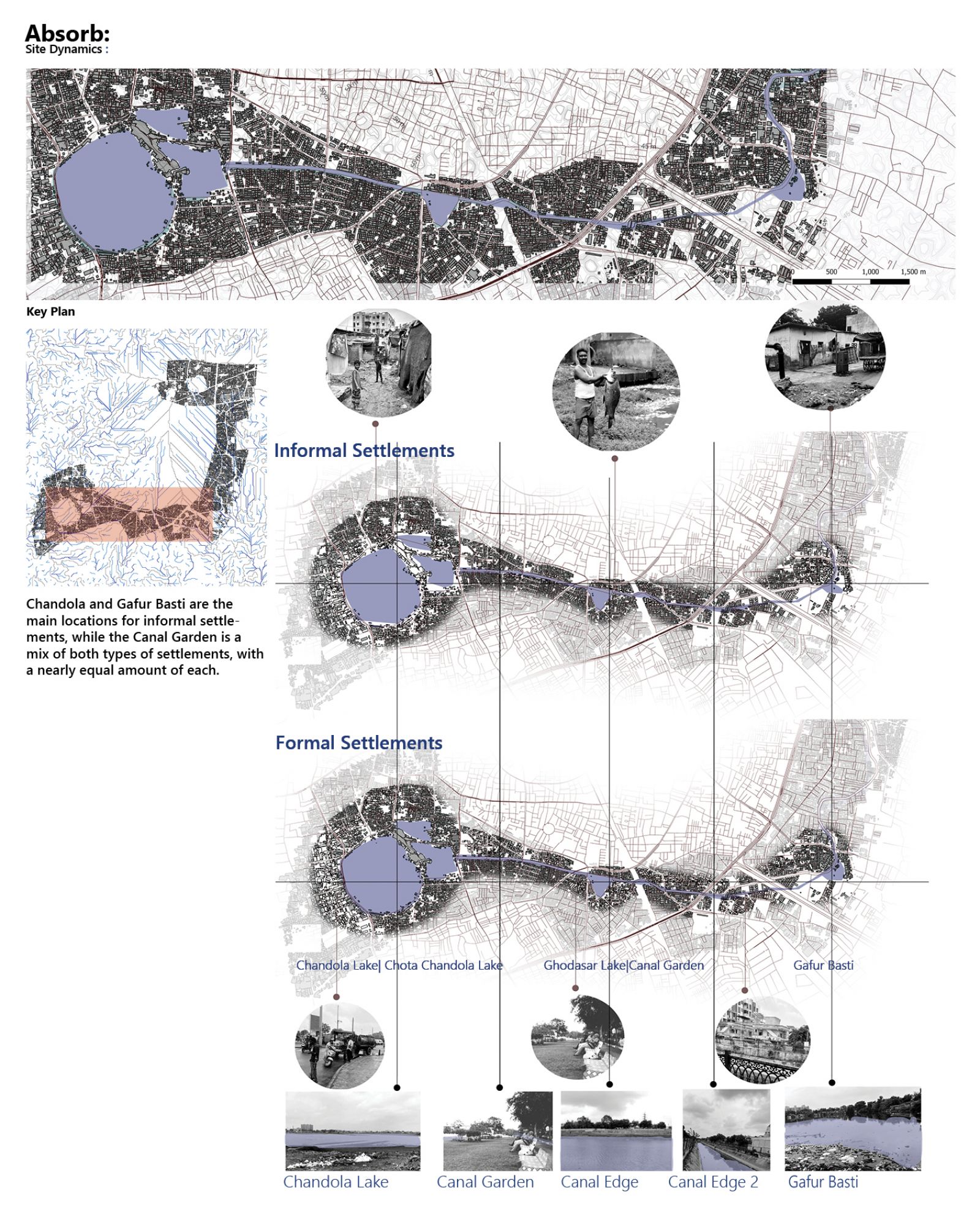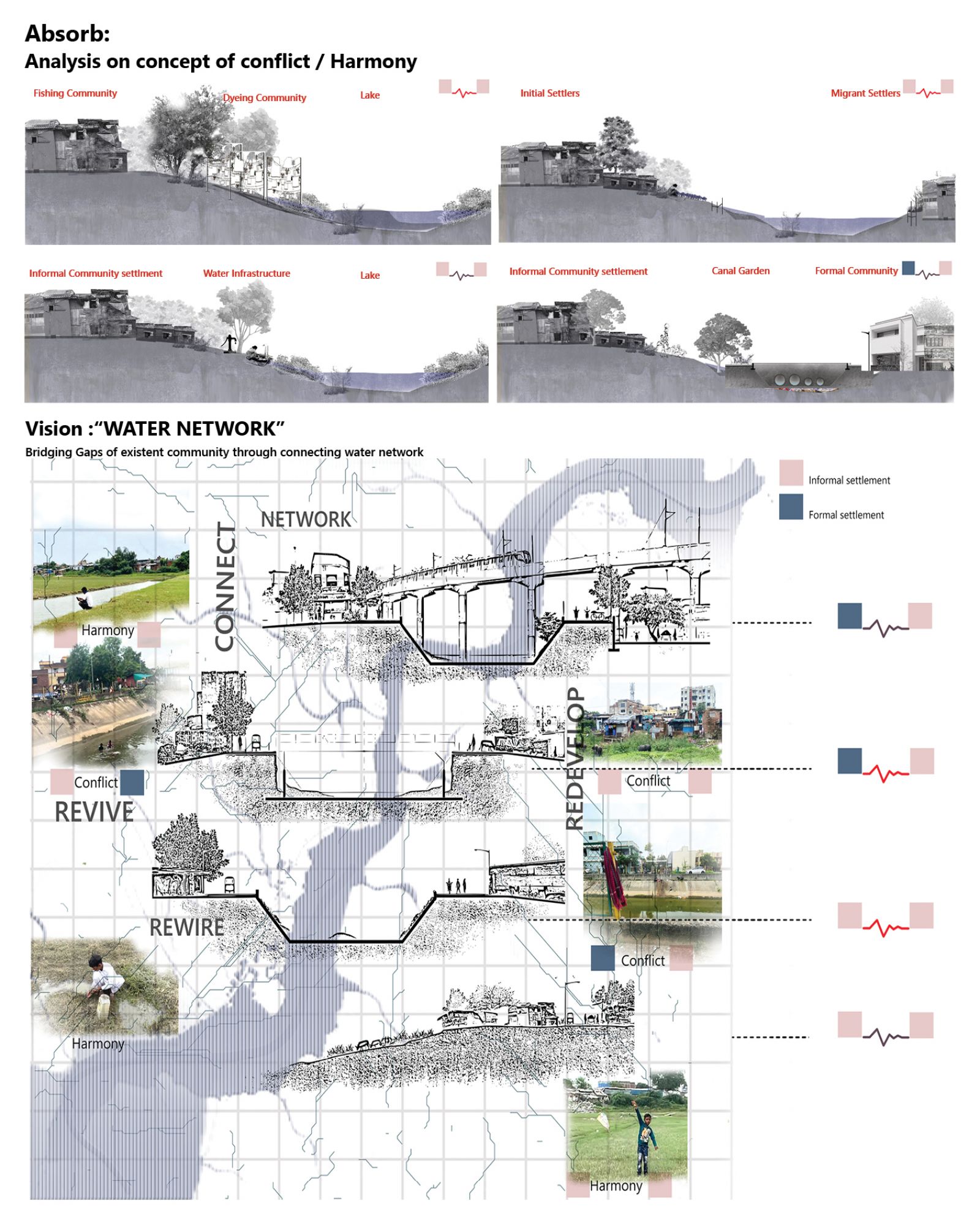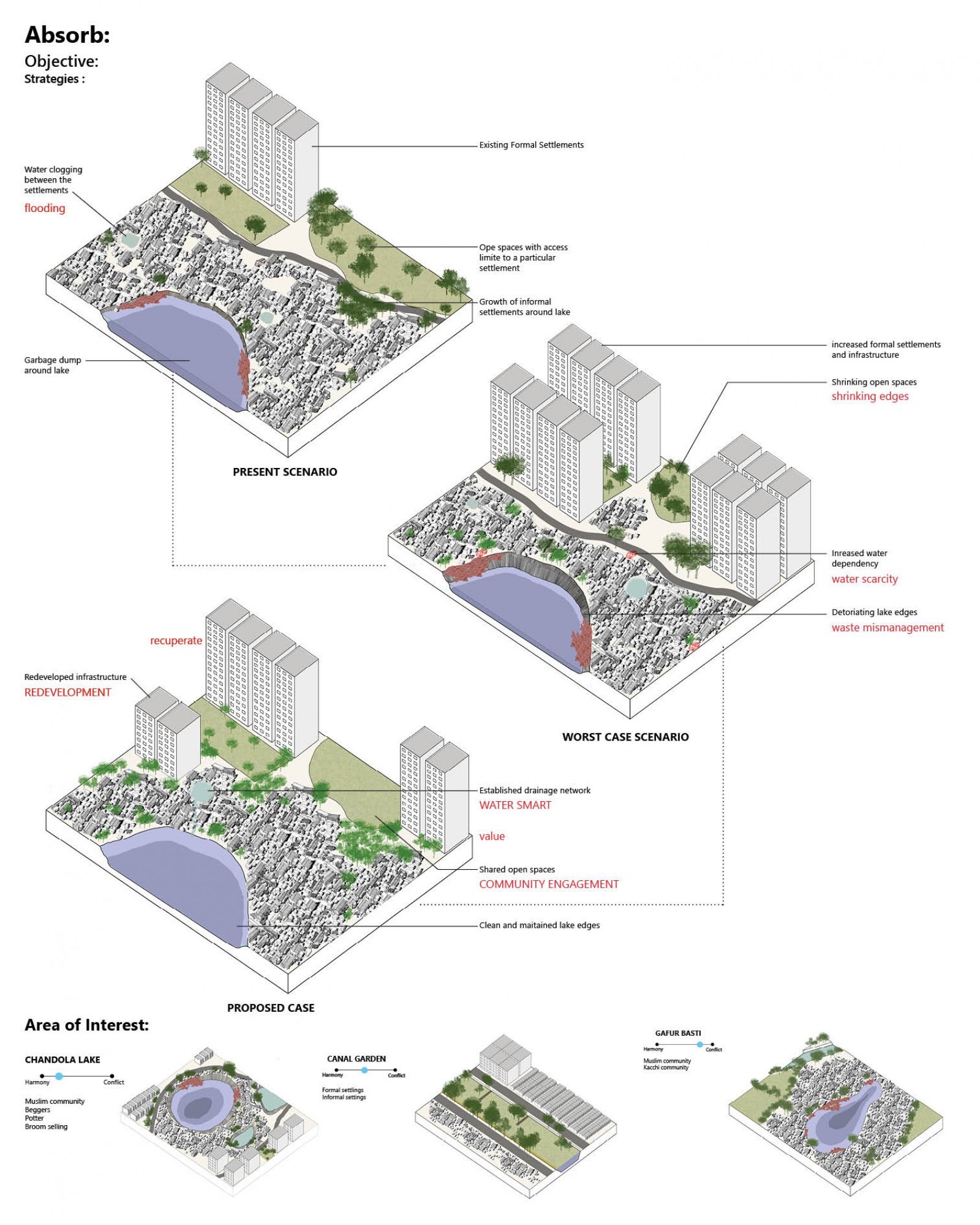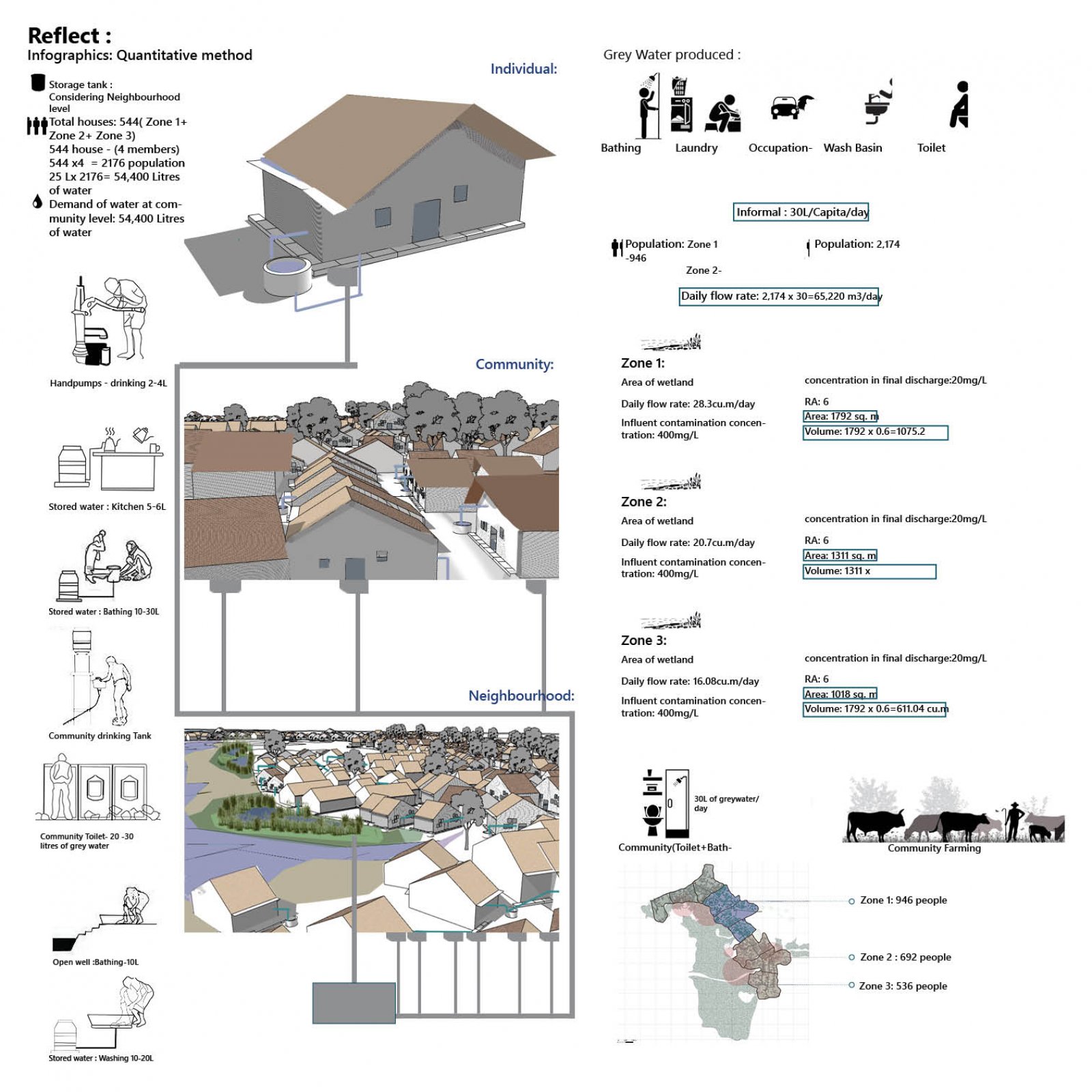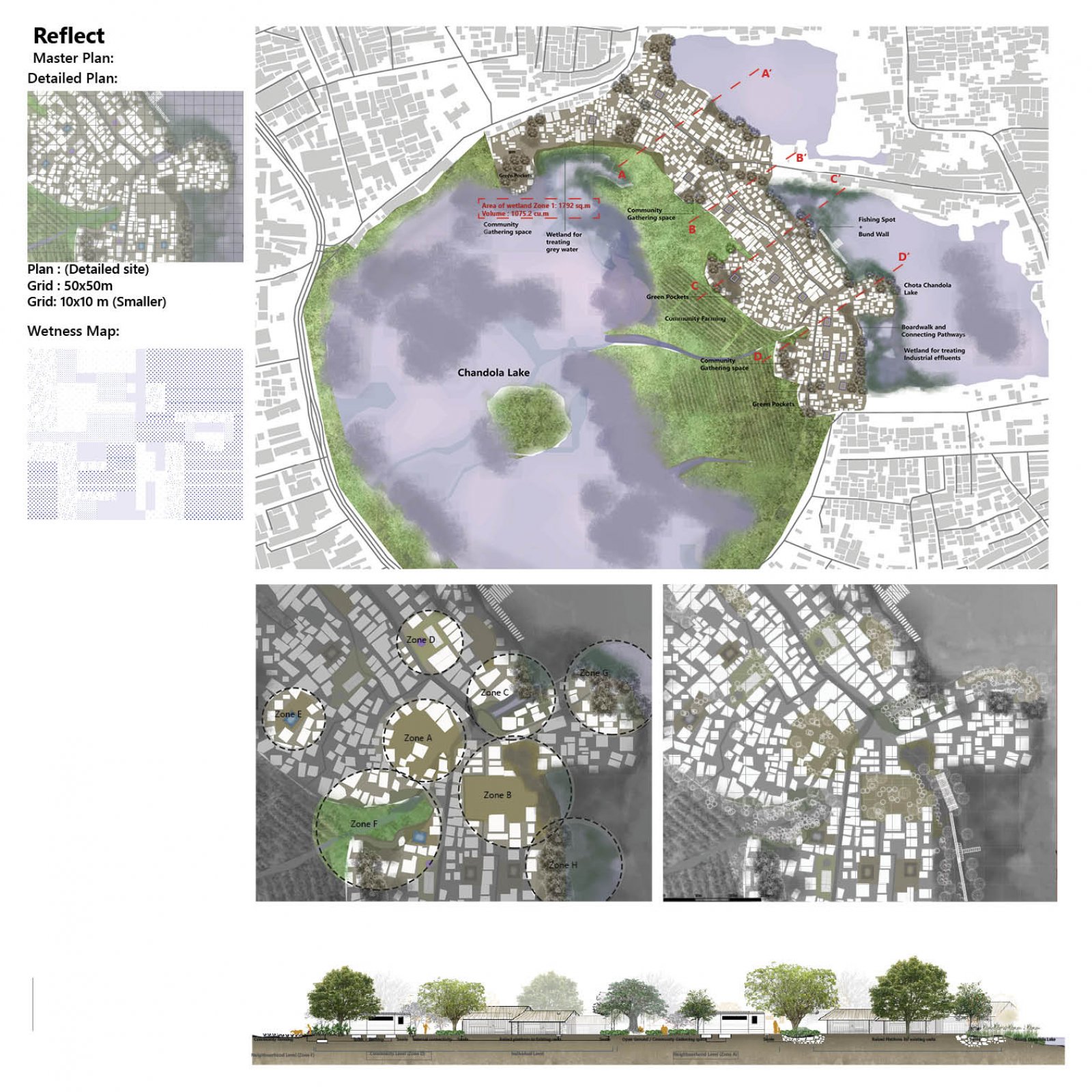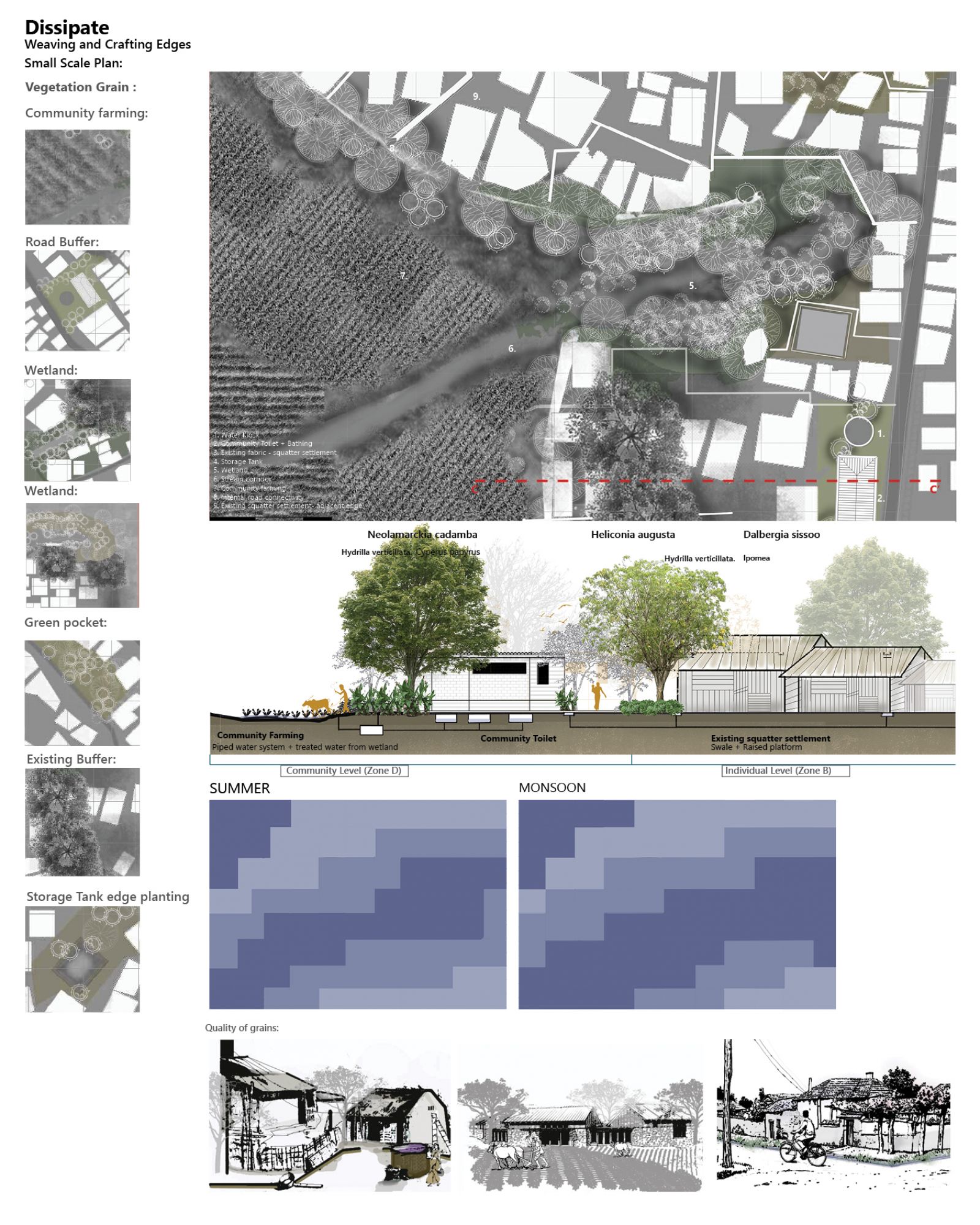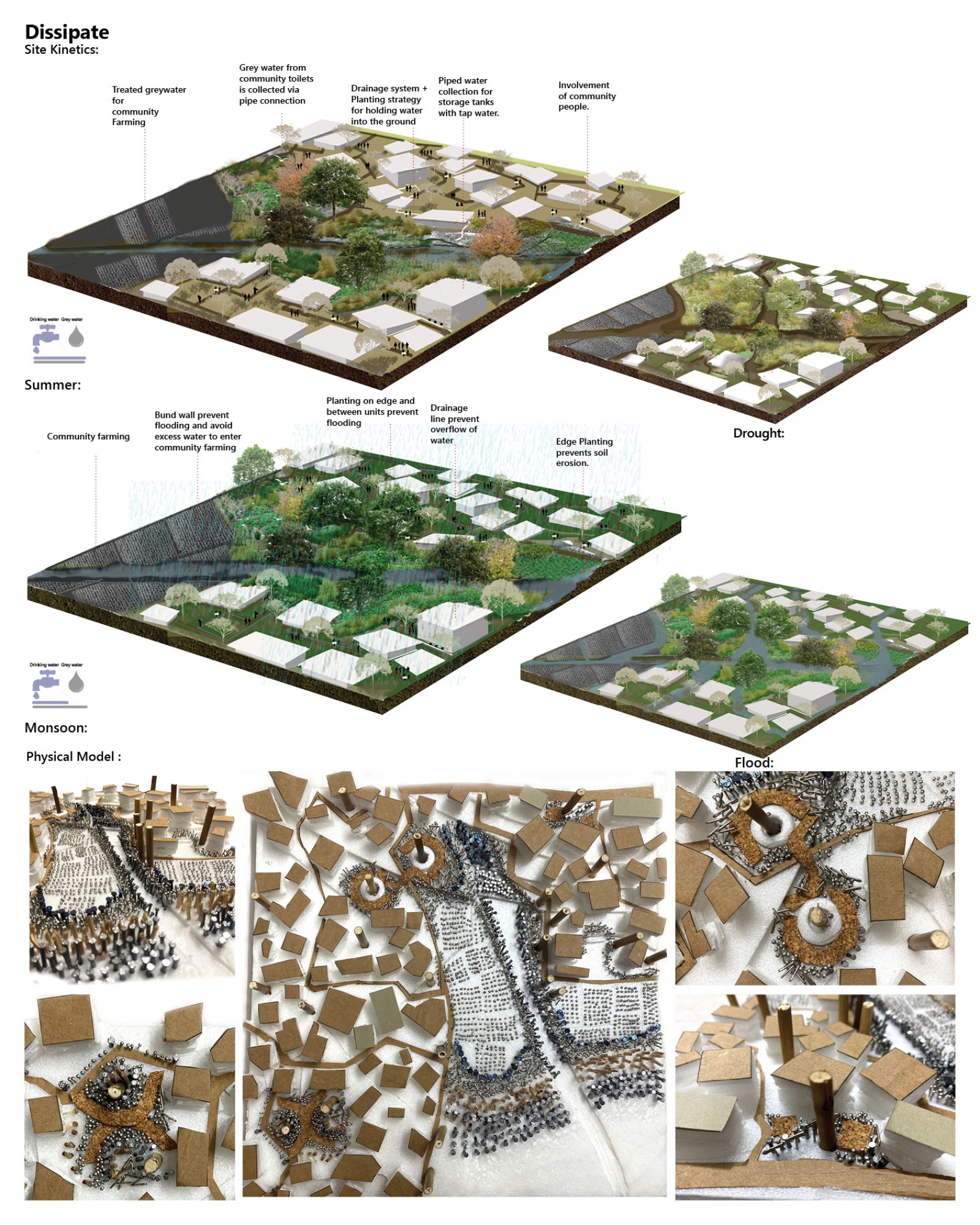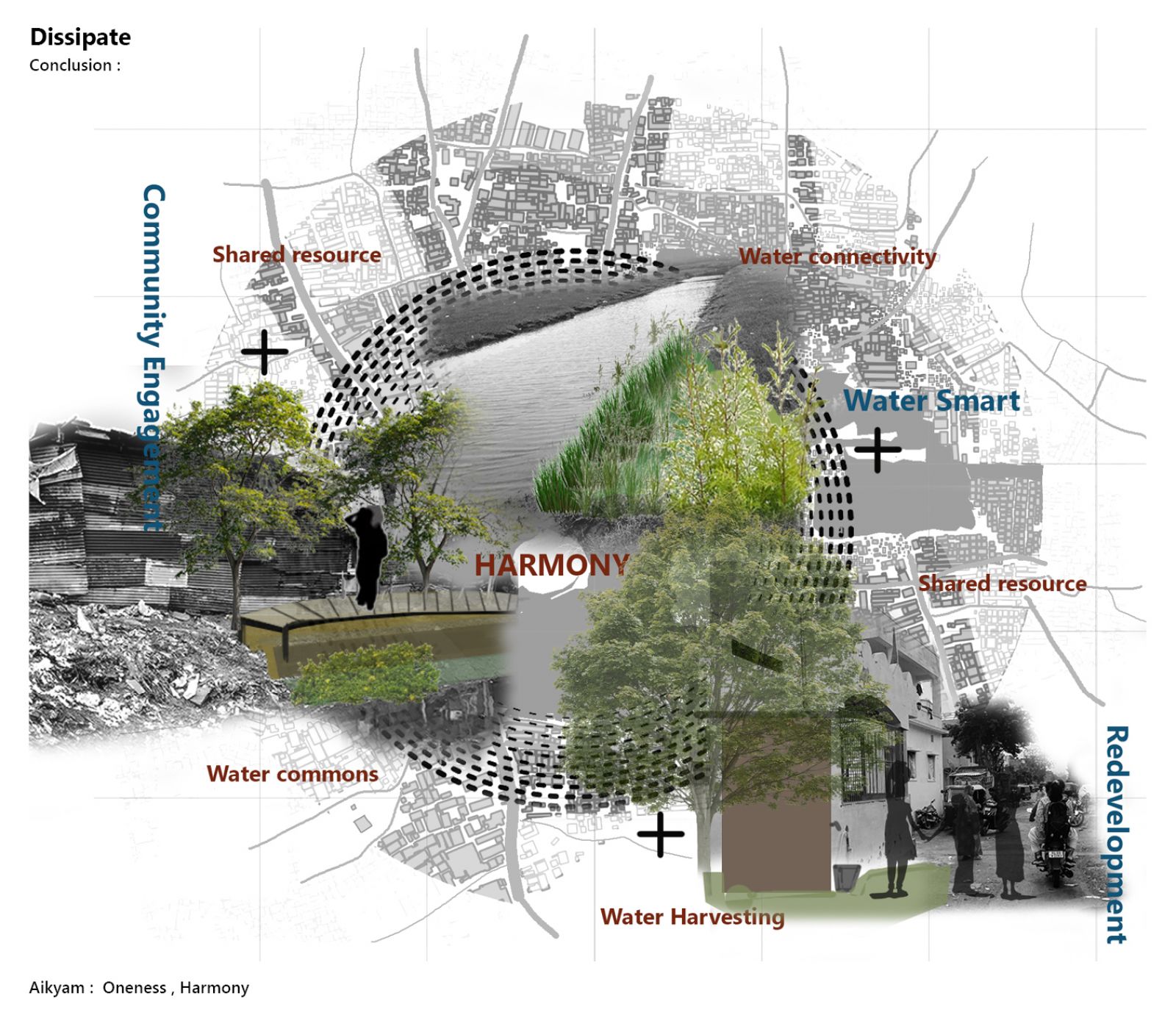Your browser is out-of-date!
For a richer surfing experience on our website, please update your browser. Update my browser now!
For a richer surfing experience on our website, please update your browser. Update my browser now!
Chandola Lake has been majorly encroached upon by a large no. of Informal settlers who may rely on the lake for fishing, water, and other resources. As the population grows or environmental conditions change, competition for these resources has intensified, leading to conflicts over access. The coexistence of informal settlements is putting stress on the lake’s ecosystem by Unregulated waste disposal, infiltration of soil, and overfishing lead to environmental degradation, which is triggering conflicts as communities blame each other for the deterioration of the lake whereas there are some adjusting by resembling harmony by simply residing on the edge. The project aimed to address problems and foster greater harmony and unity among people at the individual, community, and neighborhood levels considering water as a shared resource. This can be accomplished by implementing zonal plugins that consider redevelopment, water-smart practices, and active involvement of the community.
View Additional Work